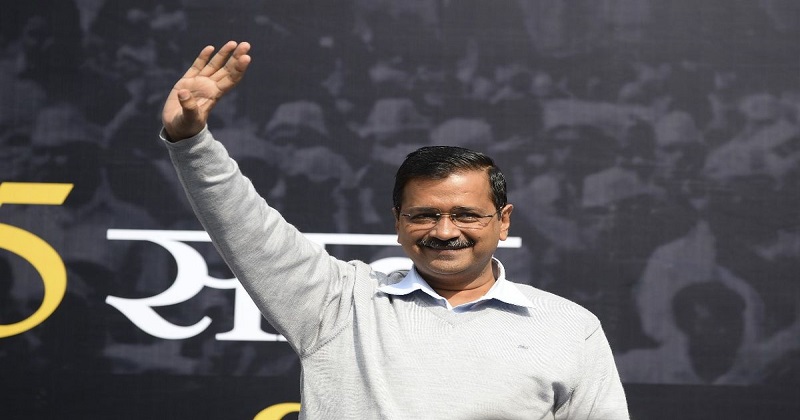
The results of byelections for three Lok Sabha seats and seven assembly seats in five states, including Delhi, were declared on June 26. Simranjit Singh Mann of the Shiromani Akali Dal (Amritsar) won the byelection in Sangrur, the seat of Punjab Chief Minister Bhagwant Mann in 2014 and 2019 Lok Sabha elections, by more than 5,000 votes. In the nation’s capital, Durgesh Pathak of the Aam Aadmi Party (AAP) won the Rajinder Nagar byelection by more than 11,000 votes.
Despite triumphs in the 2015 and 2020 assembly elections, AAP fared poorly in the 2014 and 2019 Lok Sabha elections, winning no parliamentary seats. Questions have been made regarding whether the AAP can claim to be a national party considering that it is the only regional party with offices in two states, which is the same number as Congress. Its power and ambition are growing. But, considering that the AAP has never been able to garner momentum in Lok Sabha polls, can it convert into votes?
The AAP won only one of the more than 40 seats it competed for across nine states and union territories in the 2019 Lok Sabha elections. It ran applicants in Delhi, Chandigarh, Bihar, Goa, Punjab, Andaman and Nicobar, Haryana, Odisha, and Uttar Pradesh, among other places. Only Bhagwant Mann, a candidate from Sangrur in Punjab, stood a chance of winning. On June 26, AAP also lost the by-election for that seat.
Arvind Kejriwal, the AAP’s maverick leader and Delhi chief minister, had remarked in an open letter to volunteers following the 2019 setback, ‘Ground analysis following the election has found two significant issues. The mood that enveloped the country initially hit Delhi. Second, people saw this ‘great election’ as a struggle between Prime Minister Narendra Modi and Congress leader Rahul Gandhi’.
It indicates that Kejriwal has never run a convincing national campaign. Voters had no idea Modi and Kejriwal would be contesting. Modi won the Varanasi Lok Sabha seat by a big majority of 337,000 votes in 2014. Can AAP fill the vacuum left by Congress? The AAP performed admirably in the previous three Delhi elections and then won Punjab by using the farmer agitation. There is a probability that AAP will dethrone the Congress as India’s biggest opposition party.
Despite its stability, India has struggled to produce economic development and jobs, eradicate hunger, malnutrition, and poverty, as well as assure gender parity, strong urban governance, and a reduction in social stratification, among other things. Such failures present a fairly broad variety of prospects for changes that address these pressing concerns and thereby establish new voter bases for a party. However, the existing parties, notably the Congress, did not propose a fresh paradigm. The AAP fills this hole by offering an alternative government structure that lowers living expenditures and increases disposable incomes for the common individual through welfare reforms.
However, in order to infiltrate the ruling party’s support base, AAP needs a strong organizational structure throughout the country. Lok Sabha elections will be held in 2024. If they actually want to be a national party and the major opposition in national politics, they must begin the preparations immediately. Initially, AAP was rejected as a Delhi-only party, implying that it would not flourish in the rest of India. However, it has succeeded to seize control of Punjab, one of the largest states. The issue now is whether the AAP will remain a north Indian party. The upcoming elections would be a litmus test to address that question.

Post Your Comments